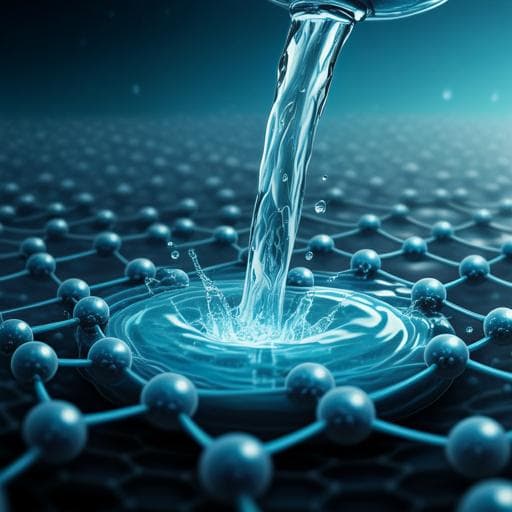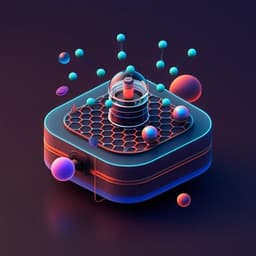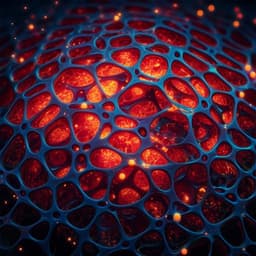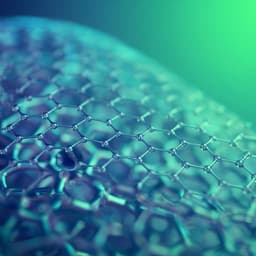
Engineering and Technology
Anomalous water molecular gating from atomic-scale graphene capillaries for precise and ultrafast molecular sieving
Q. Zhang, B. Gao, et al.
Discover a groundbreaking solution to the global clean water crisis! This research unveils advanced nanofiltration membranes that achieve both exceptional ion sieving and ultra-high water flux, revolutionizing water purification methods. Conducted by an expert team of researchers, this study paves the way for precise and ultrafast molecular sieving techniques.
~3 min • Beginner • English
Related Publications
Explore these studies to deepen your understanding of the subject.







